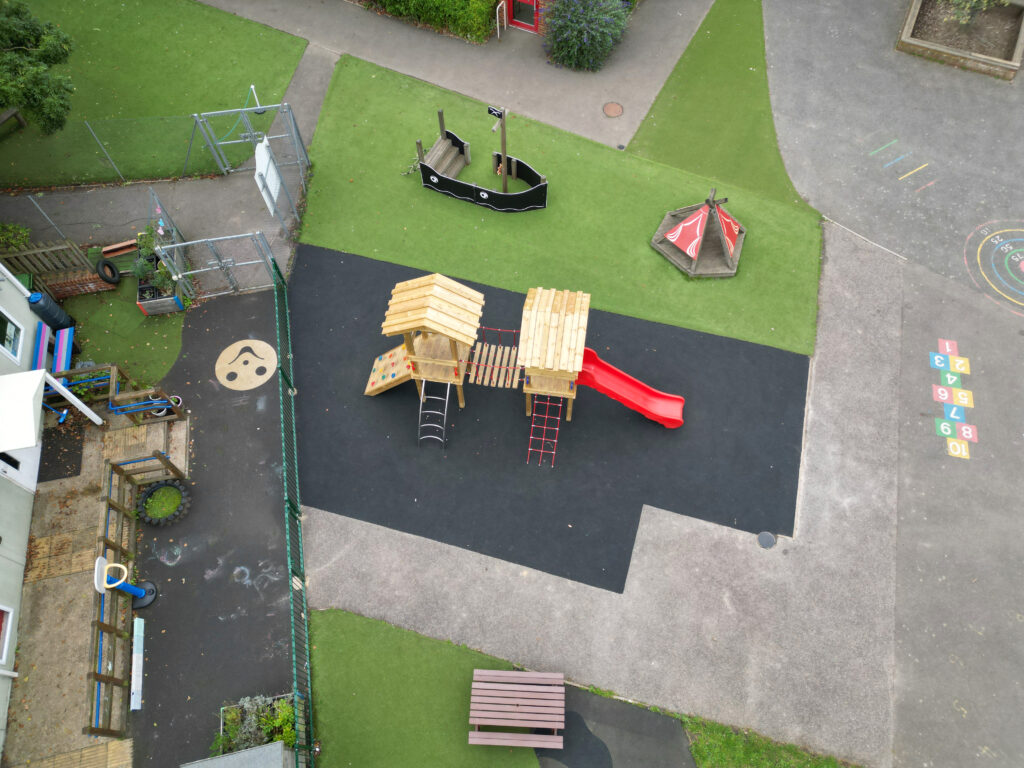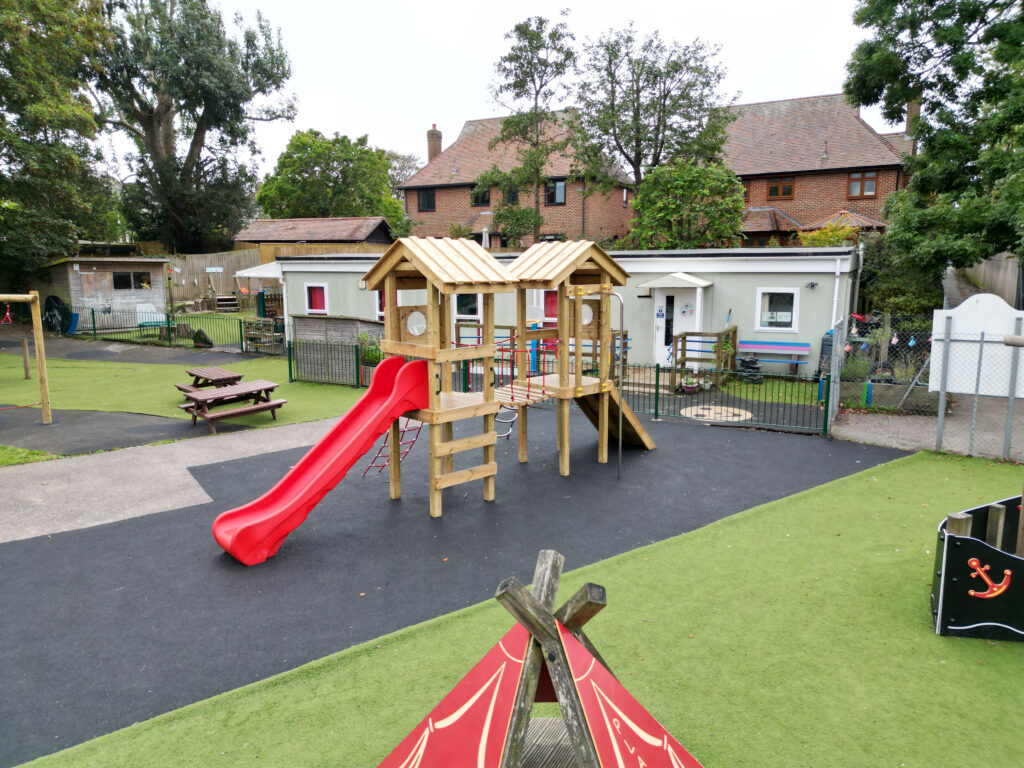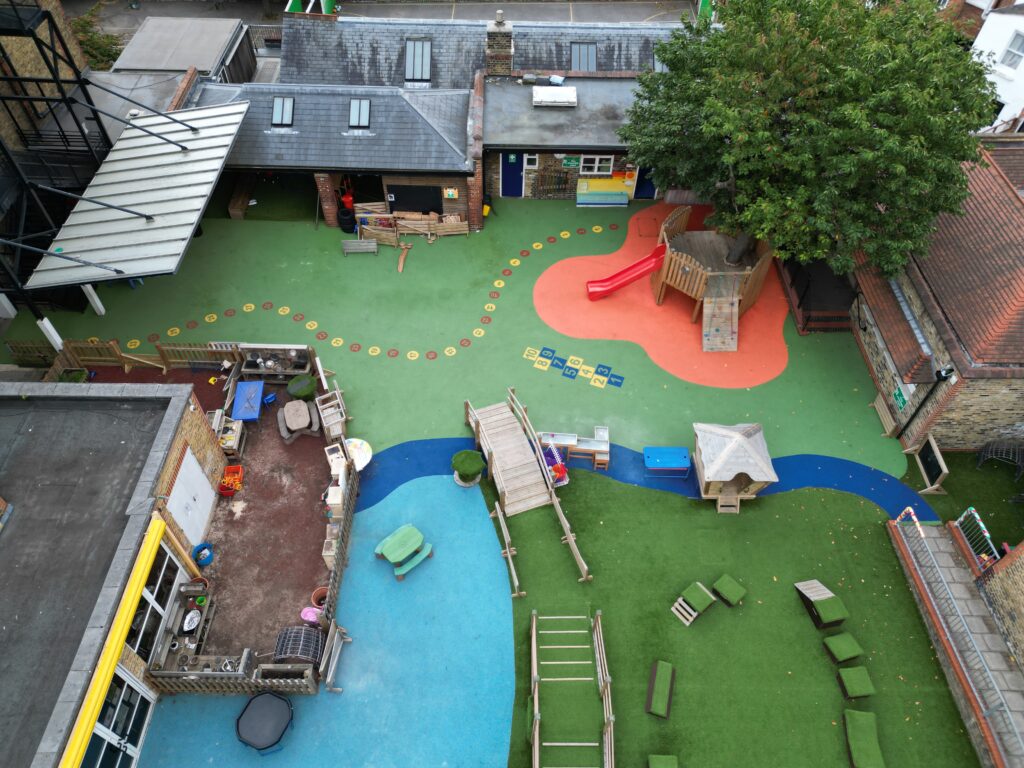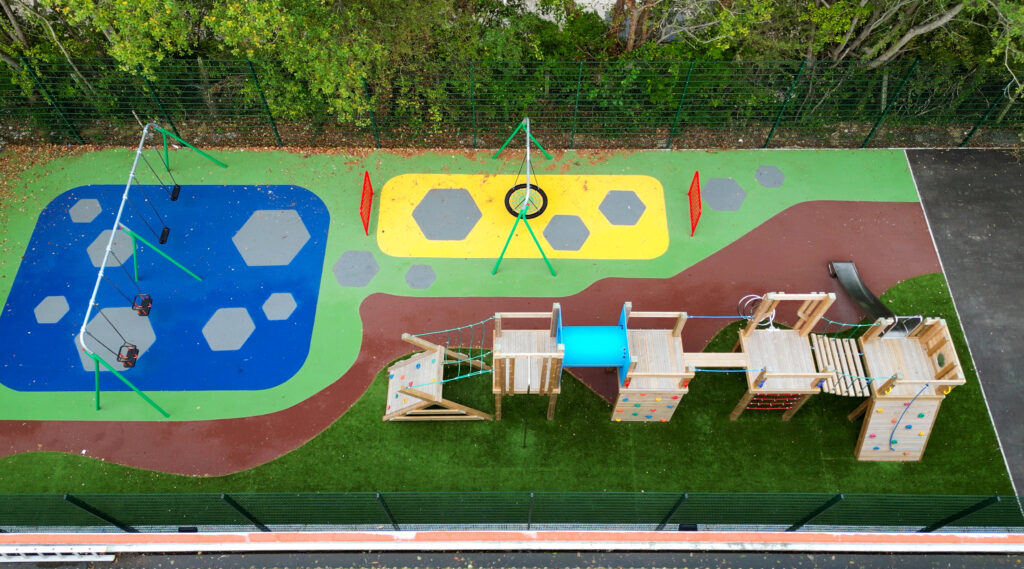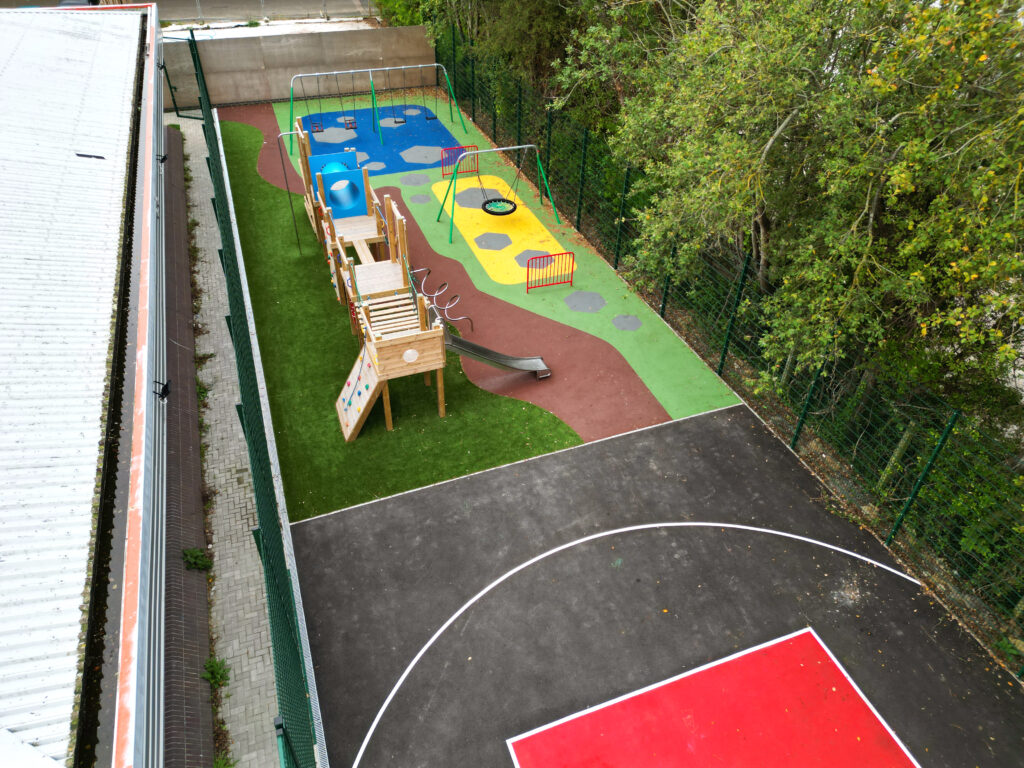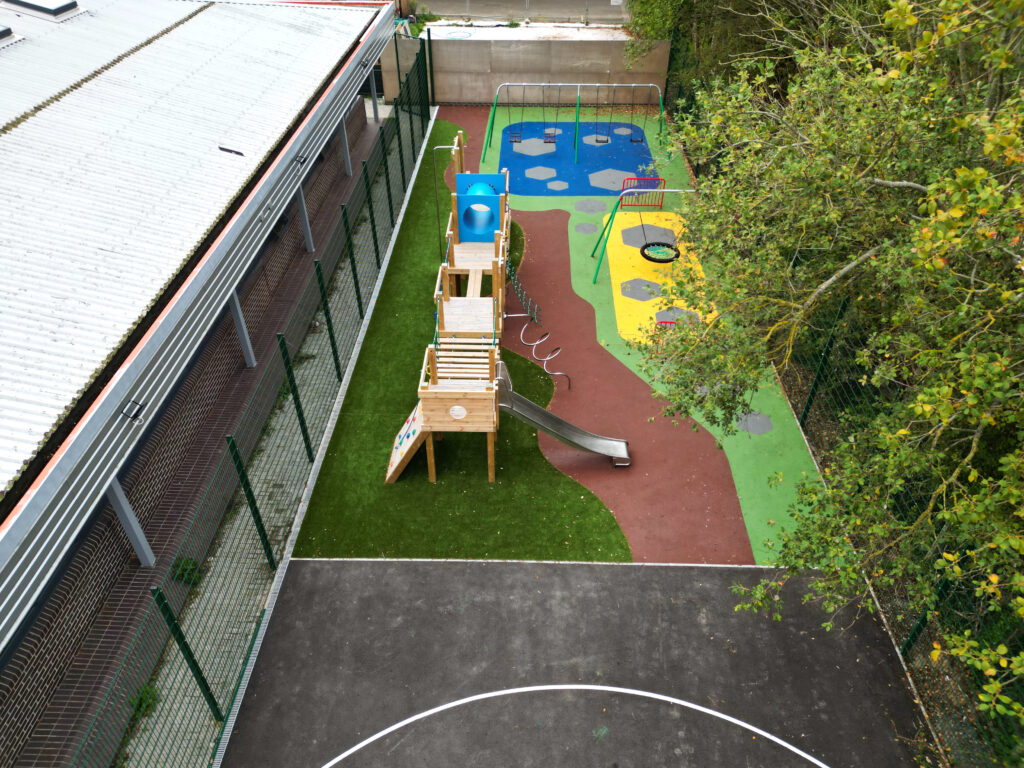In this article, we will explore the many benefits of all-weather outdoor play for children. With the rise of technology and screen time, it’s more important than ever to encourage children to spend time outside. Let’s dive in and discover the wonders of all-weather outdoor play for your little ones.
Key Takeaways:
- All weather outdoor play provides a unique learning experience for children in a nursery setting, with beautiful and varied outdoor learning spaces to explore.
- Engaging in all weather outdoor play has numerous benefits for children’s physical, cognitive, and social and emotional development, including developing gross motor skills and promoting mental well-being.
- Examples of all weather outdoor activities include splashing in puddles, building snowmen, playing with sand and water, and exploring nature, all of which offer sensory satisfaction and a varied experience for children.
What is All Weather Outdoor Play?
All-weather outdoor play refers to the practice of engaging children in outdoor activities throughout the year, regardless of the weather conditions. This concept embraces the great outdoors and encourages children to explore and learn in awesome areas that offer a range of sensory experiences.
By providing unique outdoor learning spaces, all-weather outdoor play promotes physical activity, cognitive development, and emotional well-being. It also allows children to connect with nature, understand weather patterns, and develop resilience.
Incorporating all-weather outdoor play in an indoor setting can greatly enhance children’s overall learning experience.
Why is All Weather Outdoor Play Important for Children?
Outdoor play is a crucial aspect of a child’s development and well-being, but have you ever considered the benefits of all weather outdoor play?
In this section, we will discuss why it is important for children to engage in various seasonal activities, such as playing outdoors in different weather conditions. From physical skills and gross motor movements to life skills and sensory satisfaction, all weather outdoor play offers a multitude of benefits for children.
Let’s explore how this type of play can support their physical, cognitive, and social and emotional development.
What are the Benefits of All Weather Outdoor Play?
All weather outdoor play offers numerous benefits for children’s physical, cognitive, and social-emotional development. It promotes physical development by encouraging movement, balance, and coordination. It boosts cognitive development by stimulating imagination, problem-solving, and creativity.
Additionally, it supports social and emotional development by fostering teamwork, communication, and resilience.
Some examples of all-weather outdoor activities include:
To ensure safety, children should dress appropriately, check for hazards, stay hydrated, and seek shelter in extreme weather. Encouraging all-weather outdoor play can cultivate well-rounded development in children.
How does All Weather Outdoor Play Affect Children’s Development?
Outdoor play is an essential part of childhood, providing a wide range of benefits for children’s development. In this section, we will specifically focus on the impact of all weather outdoor play on children’s development.
We will explore how activities such as riding bikes and practicing ball skills in outdoor spaces, even in a nursery setting, can have a positive impact on physical, cognitive, and social-emotional development.
We will also examine how outdoor play can provide a varied experience for children, satisfying their sensory needs and promoting mental well-being as they expend energy and engage in social-emotional learning.
Physical Development
Outdoor play has numerous benefits for children’s physical development. Here are some steps to promote physical skills through all-weather activities:
- Encourage gross motor movement: Engage children in activities that involve running, jumping, and climbing to strengthen their muscles and improve coordination.
- Support riding bikes: Cycling helps develop balance, leg strength, and coordination. Ensure children wear helmets and supervise them.
- Promote ball skills: Encourage children to throw, catch, and kick balls, which enhances hand-eye coordination and motor skills.
By providing opportunities for all-weather outdoor play, children can enhance their physical abilities and overall well-being.
Cognitive Development
All-weather outdoor play has a positive impact on children’s cognitive development by promoting critical thinking, problem-solving, and creativity. Here are some steps to foster cognitive development through all-weather outdoor play:
- Engage in imaginative play: Encourage children to use their imagination to create scenarios and solve problems, promoting cognitive flexibility and divergent thinking.
- Provide open-ended materials: Offer a variety of materials such as sticks, rocks, and natural objects that can be used in different ways, stimulating cognitive flexibility and divergent thinking.
- Promote exploration: Encourage children to explore their surroundings, fostering curiosity and expanding their knowledge and understanding of the world.
- Encourage sensory experiences: Allow children to engage in activities that provide sensory satisfaction, such as playing in the rain or feeling different textures, which can enhance cognitive development.
- Facilitate varied experiences: Offer a variety of outdoor activities and challenges, providing opportunities for cognitive growth in different areas, including problem-solving, memory, and attention.
- Support problem-solving: Encourage children to overcome obstacles and find solutions on their own, fostering critical thinking skills and resilience.
- Integrate learning opportunities: Incorporate educational elements into outdoor play, such as counting objects, identifying shapes or colours, and discussing cause and effect.
Social and Emotional Development
All-weather outdoor play provides numerous benefits for children’s social and emotional development. Here are some steps to foster these aspects:
- Encourage social interactions: Outdoor play allows children to engage with peers, fostering teamwork, cooperation, and communication skills, while also supporting social-emotional learning.
- Promote emotional well-being: Being in nature promotes relaxation, reduces stress, and improves mood, contributing to positive mental well-being and social-emotional development.
- Provide opportunities for self-expression: Outdoor play allows children to freely express emotions and creativity, enhancing their emotional intelligence and social-emotional learning.
- Support social-emotional learning: Outdoor play helps children understand and regulate emotions, develop empathy, and build resilience, while also promoting critical thinking, decision-making, and problem-solving skills.
- Encourage problem-solving: Challenging outdoor activities promote critical thinking, decision-making, and problem-solving skills, enhancing social and emotional development and social-emotional learning.
- Help expend energy: Outdoor play allows children to engage in physical activities, helping them release energy and improve their overall well-being and social-emotional development.
What are Some Examples of All Weather Outdoor Activities?
Outdoor play is not just limited to sunny days and warm weather. In fact, there are many all-weather activities that can provide endless fun and learning opportunities for children.
From splashing in puddles to building snowmen, playing with sand and water, and exploring nature, there are plenty of ways for children to engage with their surroundings throughout the year.
In this section, we will take a closer look at each of these activities and the benefits they offer, including sensory satisfaction, creative efforts, unique learning locations, and varied experiences.
Splashing in Puddles
Splashing in puddles is a fun and engaging outdoor activity that children can enjoy year round. Here are some steps to make the most of this seasonal activity:
- Find a suitable location with puddles, preferably after rainfall.
- Equip your child with appropriate clothing and footwear for outdoor play.
- Encourage your child to jump, stomp, and experience the sensory satisfaction of water splashing around in the puddles.
- Take the opportunity to teach your child about the water cycle and the importance of rain for nature.
- After playtime, make sure your child changes into dry clothes to avoid discomfort or catching a cold.
Building Snowmen
Building snowmen during the cold winter months can be a fun and creative outdoor activity for children. Here are the steps to build a snowman:
- Find a suitable location with enough snow.
- Roll a large snowball for the base and continue rolling until the desired size is achieved.
- Repeat the process for the middle and top sections, making each ball smaller than the previous one.
- Stack the snowballs on top of each other, ensuring they stick together.
- Add sticks for arms, stones for eyes, a carrot for the nose, and any other desired decorations.
- Use creative efforts to give the snowman a unique personality.
- Enjoy the satisfaction of a completed snowman and engage in imaginative play.
Playing with Sand and Water
Playing with sand and water in all weather outdoor settings offers children a variety of sensory experiences and learning opportunities. Here are some steps to enhance this playtime:
- Provide a designated area: Set up a sand and water station in your outdoor learning space or play park.
- Use different containers: Offer a variety of buckets, shovels, and cups to encourage exploration and creativity.
- Add natural elements: Incorporate natural materials like shells or small stones to promote a deeper connection with nature.
- Encourage experimentation: Let children pour, scoop, and mix water and sand to observe cause and effect.
- Promote imaginative play: Introduce toys like boats or animals to inspire stories and pretend play.
Remember, playing with sand and water doesn’t have to be limited to a beach or indoor setting. Embrace the unique learning opportunities that outdoor environments provide.
Exploring Nature
Exploring nature through outdoor play in all types of weather provides children with the opportunity to connect with the natural world, discover beautiful spaces, and have a variety of experiences. Here are some steps to help foster a love for nature in children:
- Encourage curiosity: Allow children to explore and ask questions about plants, animals, and natural phenomena.
- Provide tools: Supply binoculars, magnifying glasses, and field guides to enhance their observations.
- Create a sensory experience: Encourage children to touch, smell, and listen to different elements of nature.
- Engage in nature-based activities: Plant a garden, go on nature walks, or have a scavenger hunt to make exploring nature more enjoyable and exciting.
What are Some Safety Precautions for All Weather Outdoor Play?
When it comes to outdoor play, the weather can often be unpredictable. While some may shy away from playing outside in extreme conditions, others embrace the opportunity for all weather outdoor play. However, it is important to prioritise safety in these situations.
In this section, we will discuss four key safety precautions for all weather outdoor play: dressing appropriately for the cold winter months, checking for hazards in the outdoor space, staying hydrated in both indoor and outdoor settings, and seeking shelter in extreme weather conditions such as gale force winds. By following these precautions, children can enjoy the benefits of outdoor play while staying safe and healthy.
Dressing Appropriately
When participating in outdoor activities during cold winter months, it is crucial to dress appropriately for comfort and safety. Here are some steps to follow:
- Layer clothing: Wear multiple layers to trap warmth and allow for adjustment as needed.
- Insulate extremities: Use hats, gloves, and thick socks to protect ears, fingers, and toes.
- Choose appropriate outerwear: Invest in waterproof and insulated jackets and pants to keep dry and warm.
- Protect the face and neck: Wear scarves, face masks, or balaclavas to shield from cold winds.
- Wear sturdy footwear: Opt for insulated and waterproof boots with good traction.
Checking for Hazards
When engaging in all-weather outdoor play, it is essential to ensure the safety of children by carefully checking for any potential hazards. Here are some steps to follow in a nursery setting or outdoor space:
- Inspect the play area for sharp objects, broken equipment, or any other potential tripping hazards.
- Check for dangerous plants or poisonous substances that children may encounter.
- Ensure that the play area is free from standing water, especially after rain, to prevent slips and falls.
- Regularly inspect outdoor equipment, such as swings or slides, for any signs of wear or damage that could pose a risk.
- Secure loose items, such as rocks or branches, that could become projectiles or cause injury in extreme weather conditions.
- Supervise children closely during outdoor play to quickly address any potential hazards.
By following these safety precautions and carefully checking for hazards, children can enjoy all-weather outdoor play in a secure and nurturing environment.
Staying Hydrated
Staying hydrated is essential for the well-being and safety of children during outdoor play in all types of weather. Here are some ways to encourage proper hydration:
- Make water easily accessible: Set up water stations in outdoor learning spaces so that children can easily access water.
- Remind children to drink: Encourage children to take regular water breaks by reminding them of the importance of staying hydrated.
- Offer water-rich snacks: Include fruits and vegetables with high water content in their snacks, such as watermelon or cucumber.
- Teach about the importance of water: Educate children about the benefits of staying hydrated and how it affects their performance and overall health.
- Monitor water intake: Keep an eye on children’s water consumption during playtime to ensure they are drinking enough water.
- Transition to an indoor setting if necessary: In extreme weather conditions, move playtime indoors to maintain a comfortable and safe environment.
Seeking Shelter in Extreme Weather
Seeking shelter during extreme weather is crucial to ensure the safety and well-being of children during all-weather outdoor play. Here are important steps to follow:
- Stay informed: Keep an eye on weather forecasts to anticipate extreme weather conditions.
- Identify safe areas: Locate sheltered spots such as covered play structures or indoor areas nearby.
- Take immediate action: When gale force winds or other dangerous weather conditions arise, guide children to the designated shelter without delay.
- Ensure supervision: Assign responsible adults to oversee children’s movement and ensure they reach the sheltered area safely.
- Stay until it’s safe: Remain in the sheltered area until the extreme weather subsides and it’s deemed safe to resume outdoor play.





